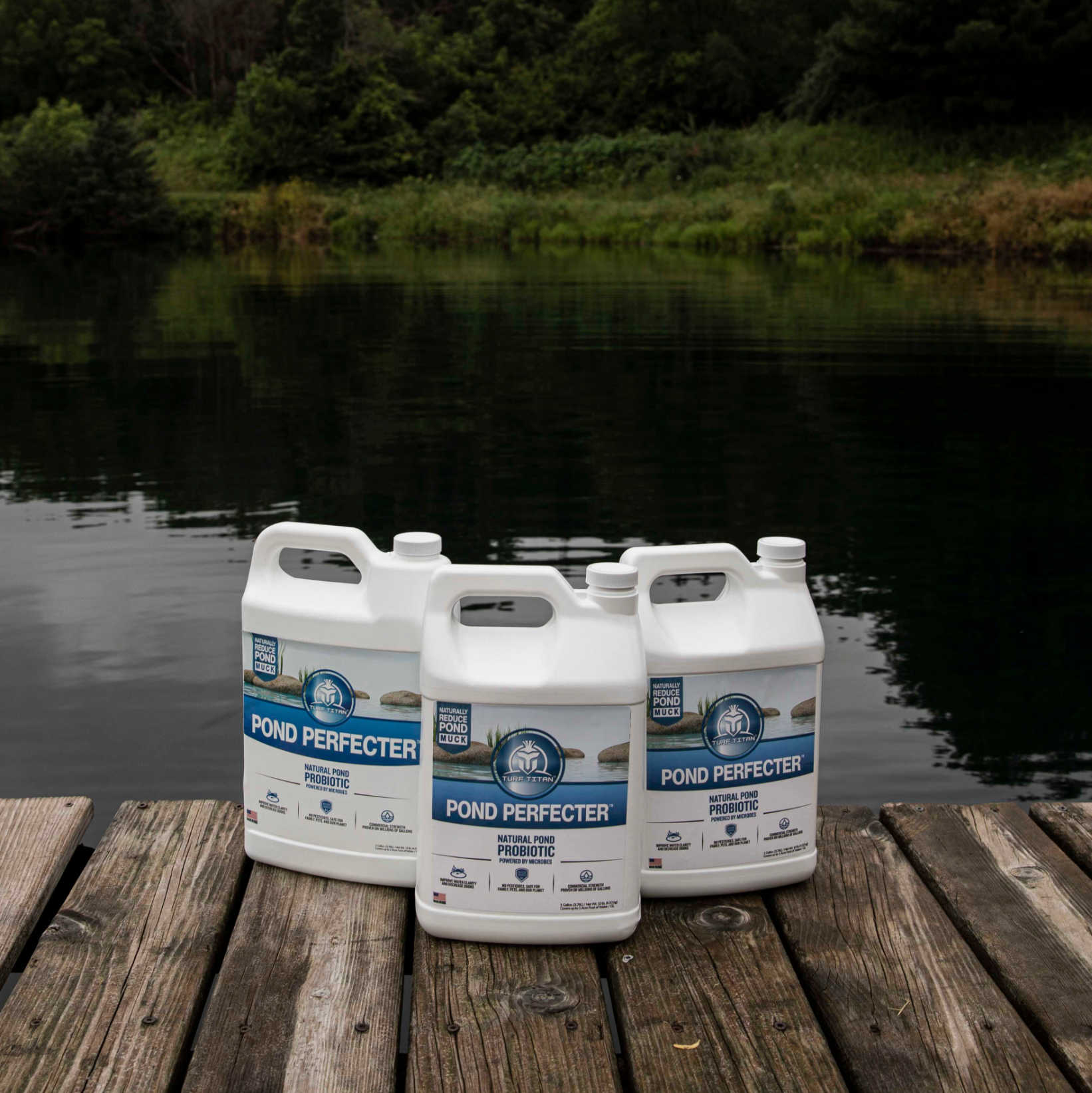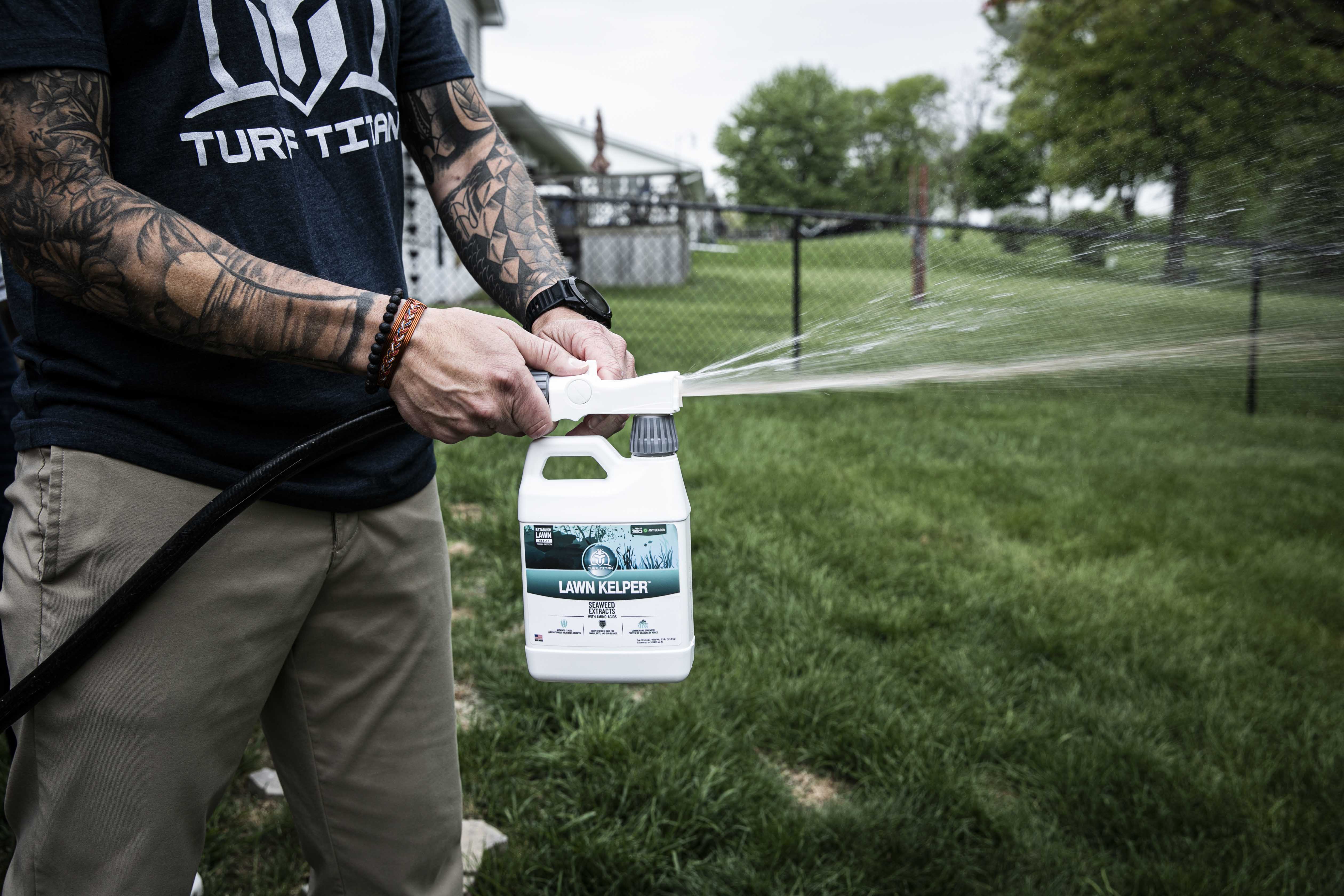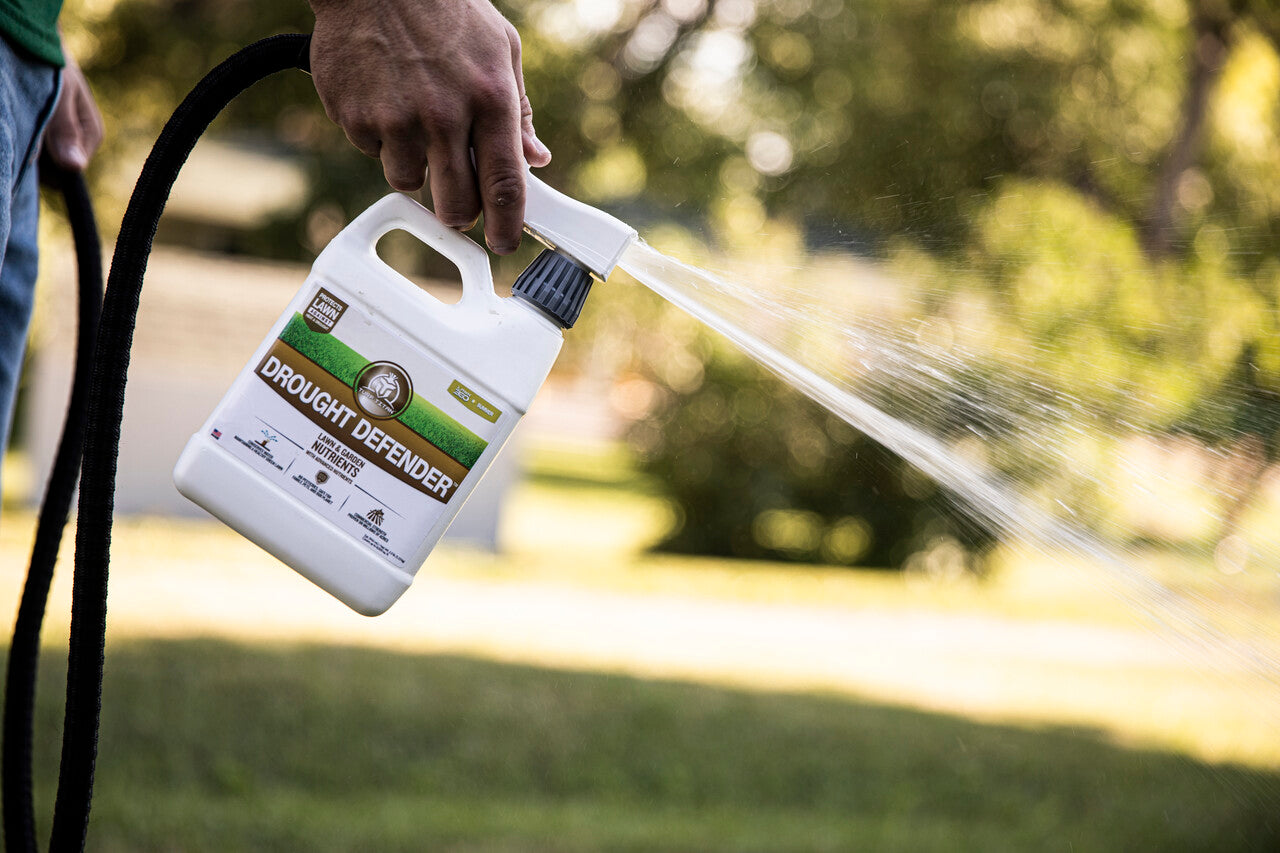Keeping grass hydrated is key to helping it thrive, but just how much water your lawn needs to stay at its greenest and healthiest can vary. Without understanding … you run the risk of overwatering, which can be just as detrimental to your lawn as underwatering. Here’s how to ensure you’re giving grass exactly what it needs this year.
Know Your Lawn
While there are general guidelines and best practices for properly caring for lawns, the ideal watering plan will depend on soil and grass type. Clay typically requires less water than sandy soil. Cool-season grasses can often go dormant when they’re not getting sufficient water, while warm-season grasses can better tolerate drought. If you’re not sure what type of soil and grass you’re working with, consult an expert.
Recognize the Signs
Learn to recognize the signs of underwatered grass so you can address the issue before it causes serious damage to your lawn. A dull or grayish-green appearance, curved blades, and grass that retains footprints long after foot traffic are all signs your grass is in need of water. You can also conduct a simple test to determine if your lawn is underwatered. Push a screwdriver into the ground — if you can’t easily slide it 6 inches deep, your lawn is likely thirsty.
Water it Right
Exact requirements will vary, but most lawns need approximately 1-1.5 inches of water each week throughout the mowing season to grow green and healthy. Too much more than that, and you could be wasting water or even triggering lawn disease. You can use a rain gauge to monitor how much water your grass is naturally getting then supplement with a hose or sprinkler system. Rather than watering your lawn every day to make up for the difference, stick to two waterings a few days apart each week to promote better penetration and root growth. Water grass early in the morning before 9 a.m. to prevent water from evaporating and diseases from developing.
Treat it
You can also equip your lawn to better withstand hot, dry conditions with formulas such as Hydro Holder and Drought Defender. A surfactant or wetting agent, Hydro Holder reduces soil compaction, improves drainage, and maximizes water penetration to increase nutrient uptake and promote a healthy soil profile. With a blend of tolerance-boosting nutrients, Drought Defender helps maximize water retention, prevent grass burnout, and boost healthy growth even in drought-like conditions. Just about any lawn can benefit from these safe, effective treatments to make it through the most brutal months of summer.









Leave a comment
This site is protected by hCaptcha and the hCaptcha Privacy Policy and Terms of Service apply.